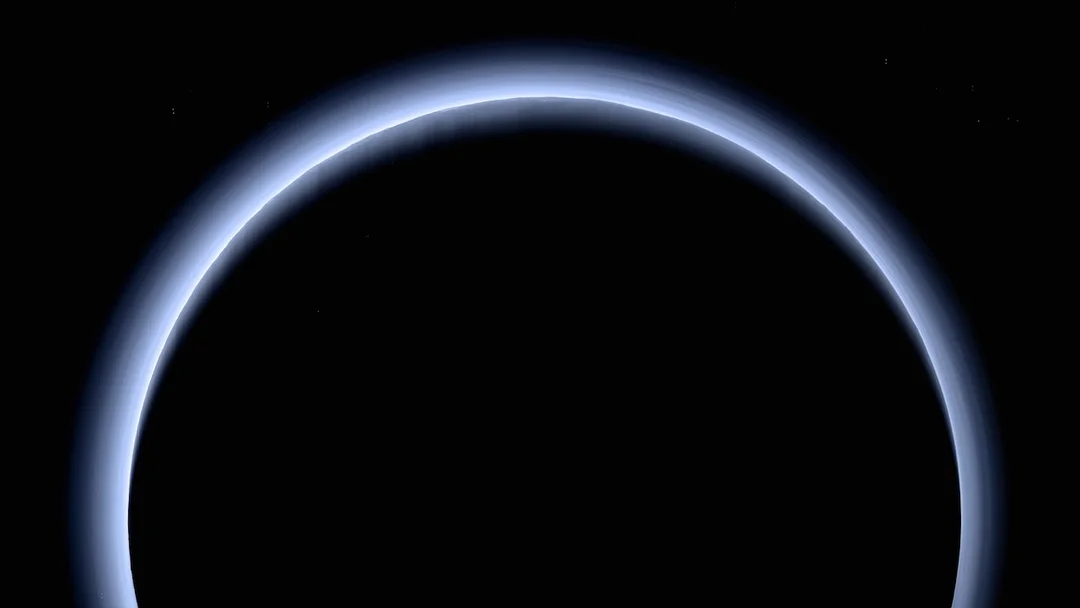
Planet Nine: Astronomers Reignite Search for Solar System’s Missing World
The hunt for Planet Nine, a hypothetical world lurking in the outer reaches of our solar system, has been reignited by a recent study analyzing decades-old data. Could this be the moment science textbooks get another rewrite?
In 2016, astronomers proposed the existence of Planet Nine based on the unusual clustering of orbits among distant Kuiper Belt objects. They theorized that a hidden planet, with a mass five to ten times that of Earth, might be gravitationally influencing these objects. However, direct evidence has remained elusive. The new study offers a potential candidate, stirring both excitement and skepticism within the scientific community.

A team led by Terry Long Phan at National Tsing Hua University in Taiwan re-examined data from the Infrared Astronomical Satellite (IRAS), dating back to 1983, and compared it with data from Japan's AKARI mission in 2006. Their goal? To identify faint sources that exhibited the subtle movement expected of a massive, distant planet. According to Phan, observing in the far-infrared is key because the hypothetical planet emits detectable thermal radiation in the infrared.
The team meticulously sifted through 2 million objects, eliminating stationary sources and pairs moving at incompatible speeds. This process led them to a promising candidate whose properties align with those predicted for Planet Nine. However, Tomo Goto, a co-author of the paper, stresses caution. The two detections from IRAS and AKARI alone are insufficient to definitively determine the object's orbit. Continued observations using the Dark Energy Camera are vital for confirming its motion.
Not everyone is convinced. Mike Brown, the Caltech astronomer who initially proposed the existence of Planet Nine and not involved in this study, voiced skepticism. He argues that the candidate's motion suggests a highly inclined and mildly retrograde orbit, which would not explain the Kuiper Belt objects' clustering. Brown stated that even if the candidate is real, it "is 100 percent NOT Planet Nine."
Brown suggests the candidate is only "noise" in the data or an astrophysical transient. The upcoming Vera C. Rubin Observatory, with its Legacy Survey of Space and Time (LSST), promises to be a game-changer in the search for distant, slow-moving objects in the outer solar system. This survey stands a high chance of either finding Planet Nine or strengthening the evidence for its existence.
Phan emphasizes the importance of fully understanding our solar system. "Personally, I feel it is unacceptable that we do not even fully understand our solar system...It is my belief that before we try to understand stars, galaxies, or the universe, we must first come to understand our own home: the solar system."
The quest for Planet Nine continues, driven by the belief that its discovery would not only complete our understanding of the solar system but also address a significant planetary-size void, as most observed star systems feature planets intermediate in size between Earth and Neptune.
What are your thoughts on the Planet Nine debate? Do you think astronomers will find it soon, or is it just a theoretical construct? Share your opinions and predictions in the comments below.